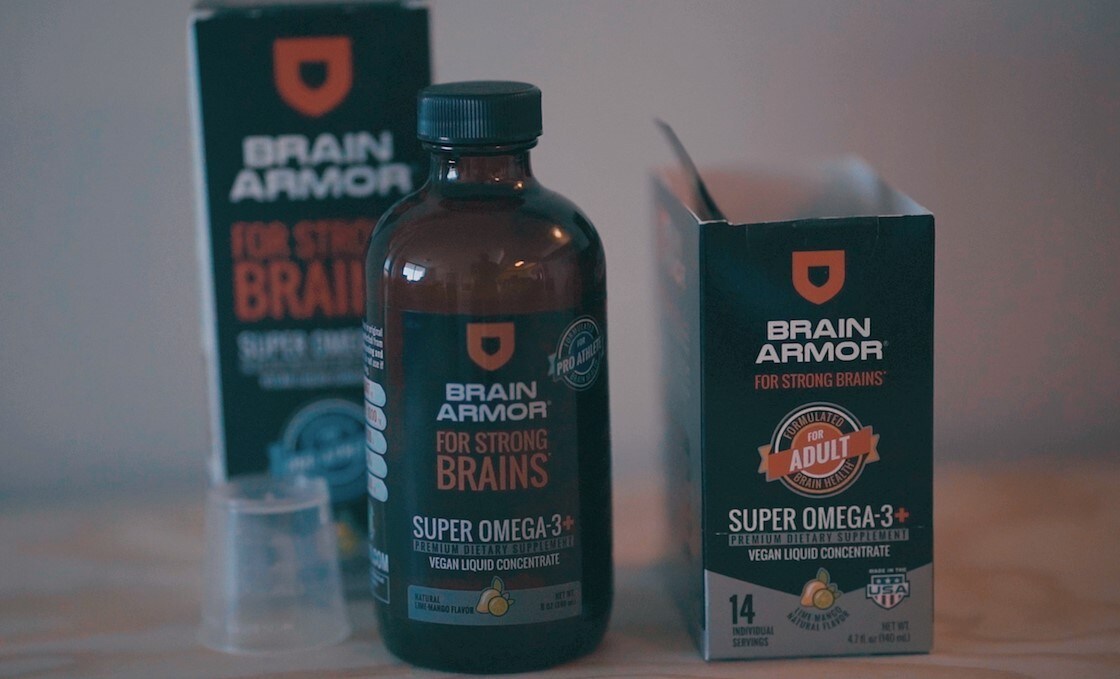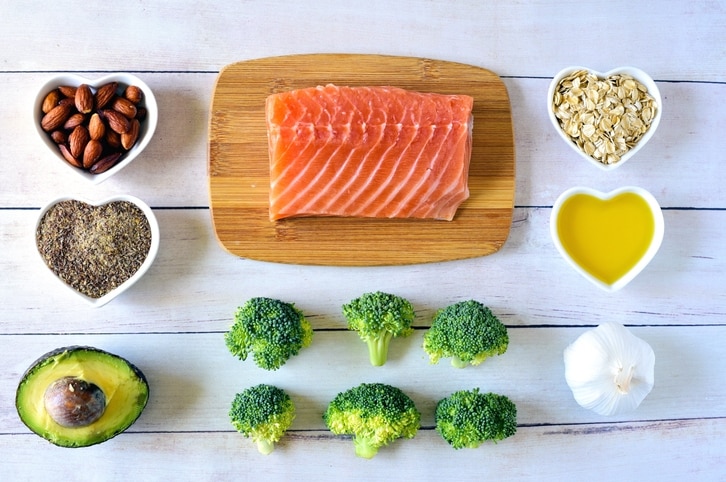With the heat turned up, you may find yourself grabbing sweet and creamy frozen desserts or perhaps more sugary beverages this summer, and while that may do the job of cooling you down, it likely – to no surprise – may set you back nutritionally speaking. So when it comes to the snacking tips you should stick to this summer, here are my top nine.
1) Hydrate First.
Often times, we confuse hunger for what’s actually thirst. Before you snack, take a drink of water and ask yourself, “am I truly stomach-hungry or is this something I want because it sounds good?” If it’s stomach hunger, go ahead and honor that with something nourishing, but if it is your appetite talking, go find another activity – like gardening, going on a walk or talking to a friend – to pass the time.
2) Treat Yo Self.
It can be tempting to choose foods like popsicles or ice cream to snack with – and while that may be okay if those options are made with quality ingredients or is a conscious indulgence – let’s remember that those foods are “treats.” Luckily, we can still treat ourselves with summer’s bounty of fresh produce – like watermelon, berries, cherry tomatoes and peppers. Visit your farmer’s market or grow your own to find local and fresh (and often because of this, better tasting) produce.
3) Freeze It!
Freeze your fruit for a nutritious treat that will cool you down quick! It’s stress-free and oh-so-good to freeze raspberries, blueberries, grapes and sliced bananas for pop-in-your-mouth snacking. You can even place these frozen fruits in your water for a flavor boost once the fruit thaws. Oh, and did I mention you can easily make “nice” cream by blending frozen bananas? Delish!
4) Color Your Plate.
From red to yellow and purple to white, the colors of your produce are indicative of which phytonutrients the item is likely home to. Eating reds? Hello, lycopene and anthocyanins. Greens? Hey there, glucosinolates. Get a variety of colors on your plate each day so you can be sure to get the variety of health benefits offered by phytonutrients. Snack time is a great time to assess which colors you have (or haven’t) yet had in the day!
5) Cut and Prep in Advance.
Not only is it important to stock your kitchen with fresh produce, whole grains, proteins and healthy fats, but it’s also important to prep those foods so that you actually use them during the week. Choose one day to cook your grains like quinoa or brown rice for easy inclusion in mid-morning breakfast snack bowls or hearty dinner meals, cut your fruits and vegetables so they can easily be used for quick snacks, and stock up on nuts and seeds for tossing over salads.
6) Be Certain Not to Over-Carb
With the abundance of fresh fruit in the summer and early fall, it can be easy and delicious to create a fresh fruit bowl or a fruit smoothie for a snack, but be careful: too much fruit means too many carbohydrates and too many carbohydrates can create blood sugar spikes if not met with protein and fat. So balance out a fruit bowl by tossing unsweetened coconut shreds overtop. Or, mix avocado into a smoothie for healthy fats and a creamy texture.
7) Go Fish – for Snacks!
Think outside of the box when it comes to snack-time. Sometimes the outside of the box should lead you inside of the ocean, where oily fish like salmon and sardines can be found. These fish offer a generous amount of DHA – a nutrient important for brain and eye health. In your kitchen or on the go, top sliced cucumber with canned, wild salmon, a drizzle of basil pesto. Or, add sardines over a bed of mixed greens with Mediterranean-inspired toppings like feta, tomatoes, red onions, and olive oil.
8) Summer Snacking On-The-Go.
Plan ahead for those times when you need to be out the door in 10 minutes. Stock a snack pack in the car with freeze dried fruit, containers of mixed nuts, and perhaps a couple of nutritious snack bars. Or, if you’ll be outside and on the go all day, consider taking a to-go bag with walnuts, cashews, coconut, cacao nibs, and raisins for an energy-dense combination.
9) Be Mindful at Summer Shindigs.
At backyard family barbecues and neighborhood get-togethers, avoid grazing and grabbing everything on the buffet line or snack table. Stick to snacking on vegetables pre-meal, then, if you deem the treat is a must have, pick just one delectable bite. After you enjoy your treat, it’s back to the vegetables!
From backyard barbecues to snacking while out on the trail, chart a better path to health this summer with these eight tips for summer snacking – all while experiencing the summer fun you so love. Which tip will you take first? Tweet me to let me know @ToriHolthaus.










